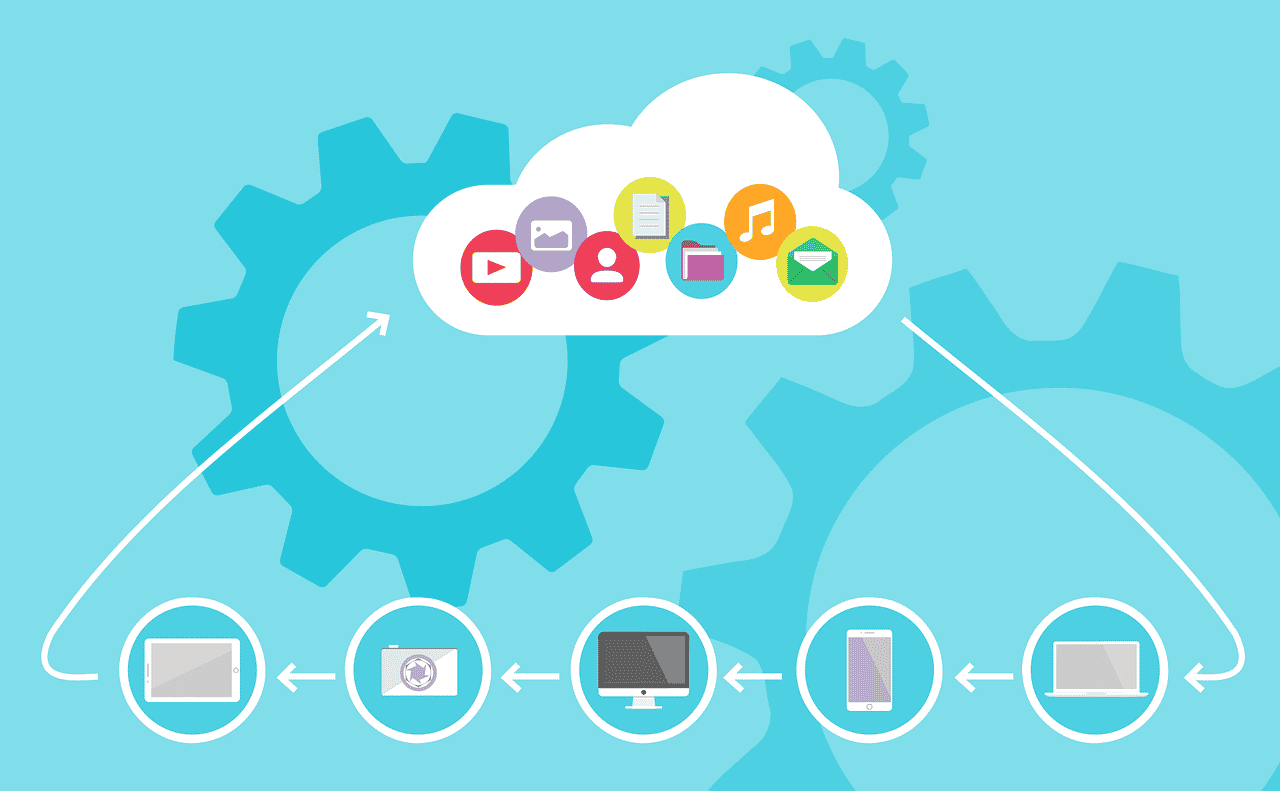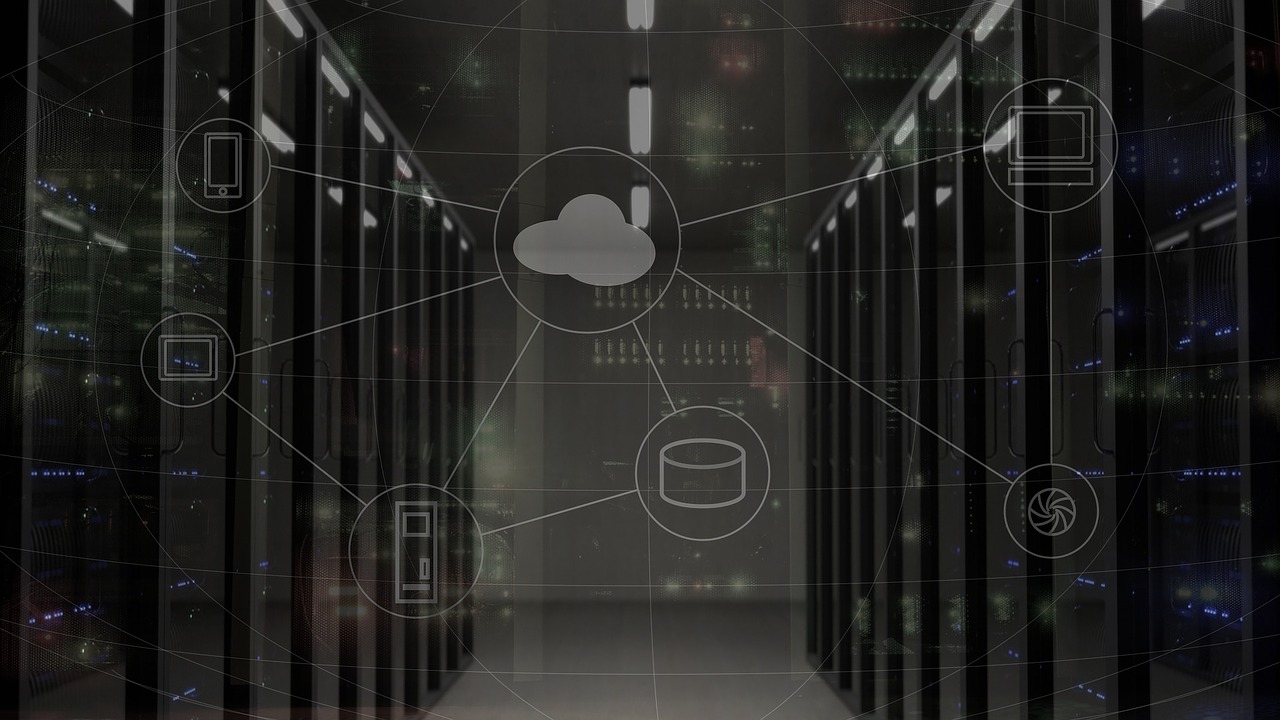Serverless computing is a subset of cloud computing where cloud providers provision machine-based resources on customer demand while taking care of the server management on their behalf. However, the name “Serveless” is misleading since it doesn’t refer to the complete absence of servers. It refers to the fact that the servers used by the service providers are not within the purview of the customers but are instead completely managed by the cloud provider. This aids developers in focusing on writing the front-end, application, and business logic.
Cloud providers handle various server management tasks like operating system patch management, security management and planning, system monitoring, infrastructure monitoring and more. To learn more, you can take up a free online cloud serverless application course and enhance your fundamental knowledge.
Let’s get started.
- Cost Benefits
- Various cloud serverless computing providers
- Types of serverless computing services
- Advantages of using Serverless Computing
- Disadvantages of Serverless computing
- Conclusion
Cost benefits
Serverless computing allows developers to purchase services on a pay-as-you-go basis, this means that services will be provided as and when required and cost of utilization will be billed accordingly. It is equivalent to paying for only the time and machine used for exercising in the gym rather than paying for a monthly membership.
It is also important to note that with serverless computing, a developer never has to pay any cost for idle capacity. This means that the cloud provider will provision the required resource instances only when demanded by the code execution and then de-provisions them as soon as the execution stops. Known as ‘scaling to zero’, this aids in reducing the resource’s provisioned time and therefore reduces costs, since the billing starts and stops with the code execution.
Various cloud serverless computing providers
There are various cloud service providers providing serverless computing to users as per their requirements. The most popular providers are as listed below:
- AWS Lambda
- Google Cloud Functions
- Azure Functions
- IBM Cloud Functions
- OCI Functions
Types of serverless computing services
There are two commonly seen types of Serverless architectures seen in the industry today.
- Baas: Backend as a service or Mobile Backend as a service is used to describe an application that fully incorporates cloud-hosted services for the management of server-side logic. These applications are single page web apps or mobile apps that utilize an ecosystem of cloud accessible databases, authentication services, etc.
- Faas: Function as a service is a type of architecture where an application’s server-side logic is written by a developer, but it is run on a stateless compute container. This means that unlike the scenario in traditional architecture, the containers are event triggered, fully managed by a third party and may only last for one invocation(ephemeral). AWS Lambda is one of the most popular Faas platforms in the industry today.
Check out the free cloud computing course.
Advantages of using Serverless Computing
1. No need for server management
Although servers are required for running the applications, developers are only responsible for the creation of code and the management and running of the code is taken care of by the cloud service provider as a third party.
2. Only cost of usage incurred
It works in a pay-as-you-go model, where users are provisioned services as and when required and they are charged only for the duration and unit that they use. No additional charges are incurred on the operations.
3. Intrinsic Scalability
Serverless architectures are highly scalable and elastic. This means that an increase in the inflow of requests will lead to an increase in the number of server units provisioned by the cloud providers. Conversely, if there is a decrease in incoming request decreases, underutilized and non-utilized.
4. Almost instantaneous deployment and updates
Since there is no requirement of uploading the code to a server, the deployment and release of newer versions of the application becomes a quick task. Developers can upload one function at a time or all functions together, as per their requirements. It also simplifies repair and patching requirements of an application.
5. Decreased Latency
Since applications are not dependent on the origin server, their codes can be run from anywhere in the world. Therefore, it’s possible to run applications on servers located closer to the end user. This leads to reduced latency due to the decreased distance that the request and response may need to travel in the network.
Disadvantages of Serverless computing
1. Challenging testing and debugging task
It becomes difficult to replicate a serverless environment for testing the deployment of code. This makes bug and fault detection a more challenging task.
2. Security issues
The responsibility of security falls on the serverless computing service provider rather than the consumer. This implies that, in case of an attack, an attacker has multiple possible access points into the server. This leads to increased system vulnerability, and sees the customer powerless to take action against such intrusions.
3. Resource limitations
Serverless computing is not ideal in high-computing use-cases. This is due to the limited resources that service providers provision in a serverless manner. In cases where no such provisioning restrictions exist, we still have a few applications where limitless provisioning will not be cost effective.
4. Latency in response
One major drawback of serverless computing is the possibility of response latency. Response latency refers to the time difference between the instance when the request is sent and the instance when the response is received. Since serverless computing powers down between requests, it may cause an increase in the response latency, since the server might take some time to start up. This makes serverless computing pointless, in a time-critical application.
Conclusion
Serverless computing is extremely beneficial in the case of applications where the users are concerned with the business side of operations rather than the IT infrastructure management. Even with obvious limitations, serverless computing is still the most preferred method of service provisioning due to the hand-off approach that the customer can take to service consumption. It aids in building event-based applications in a quick and efficient manner. Serverless computing is a way to conserve resources, boost productivity and increase efficiency in any organization.






